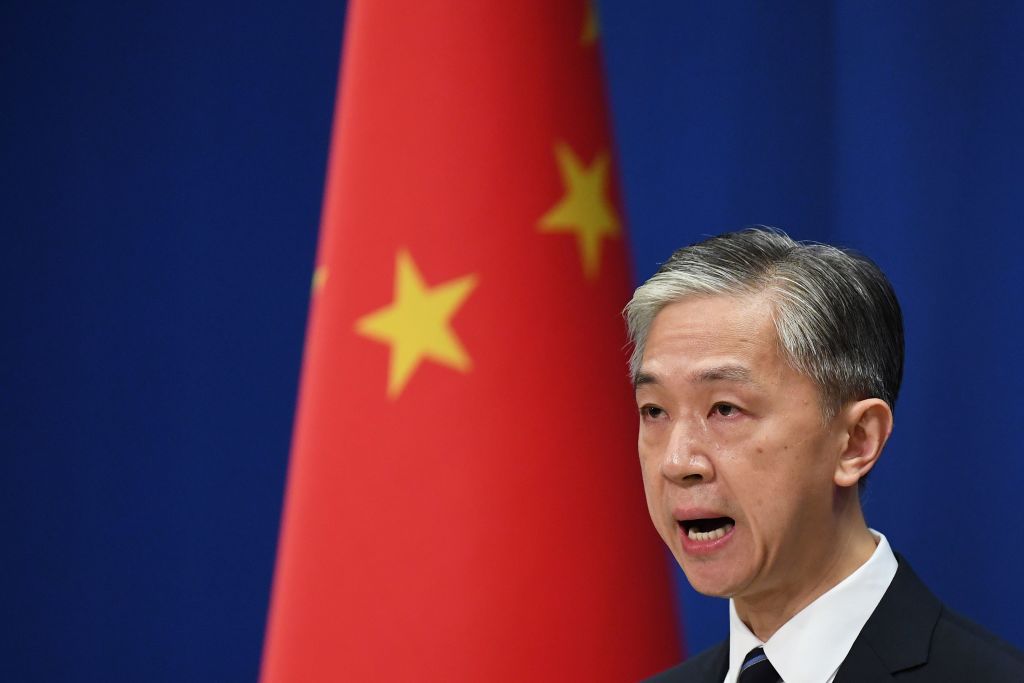Pope Francis, considering his succession, will invest 20 new cardinals this Saturday, including the first from Paraguay, marking the future of the Church.
The 85-year-old Argentine pontiff, who is dealing with aging ailments and has not ruled out resigning for health reasons, is preparing. The future of the Church through the “creation” of 20 new cardinals16 of them, with the right to vote in the conference, will, when the time comes, appoint the next head of the Catholic Church.
The ceremony was scheduled to begin at 4:00 pm (2:00 pm GMT) at St. Peter’s Basilica in the Vatican. There will also be a large presence of cardinals from around the world. A parallel and unprecedented two-day meeting was called on Monday and Tuesday.
It is a special occasion, officially dedicated to the reform of the papal constitution, which has been in force since March 5, but for many it is a kind of pre-conclave where cardinals are supposed to examine the situation in the Church. And get to know each other.
The meeting has sparked all kinds of speculation, especially over the health of the Pope, who underwent colon surgery in 2021 and suffers from pain in his right knee, forcing him to move around in a wheelchair.
With the investiture of the new cardinals, the first Latin American pope in history proposed a model for the throne of Peter, a religiously sensitive church minority or social issues from emerging distant countries.
Religion from Africa, Asia and Latin America
In the list 16 cardinals under the age of 80 will become “princes of the Church”. There are religious people from countries like India, Singapore, Mongolia and East Timor.
Three Latin Americans stand out: Archbishop Paulo Cesar Costa of Brasilia; of Manas, the first Cardinal of the Amazon Region, Leonardo Ulrich, and of Asuncion, Adalberto Martínez Flores, the first Cardinal of Paraguay.
Among those over 80 to receive the cardinal title is Jorge Enrique Jiménez Carvajal, Archbishop Emeritus of Cartagena de Indias (Colombia).
Those new Cardinals “They represent the church today, with a strong presence in the southern hemisphere,” Where 80% of Catholics live, Vaticanist Bernard Lecomte emphasized.
By the end of his eighth term, nearly one for each year of his papacy, Francis will have elected 83 cardinals out of a current total of 132 electors, nearly two-thirds.
A two-thirds majority is precisely what is required, and the pope is the deciding factor when elected.
In support of a less European church, the Argentine-born pope chose two Africans and five Asians, including two Indians, to confirm the rise of the continent.
One of the most notable appointments was the bishop of San Diego, California, American Robert McIlroy, considered progressive for his stances on gay Catholics and abortion rights.
“We come from the four corners of the world to get to know each other”The future cardinal promised.
Another iconic appointment was that of Giorgio Marengo, an Italian missionary working in Mongolia. He is the youngest cardinal in the world at the age of 48.
“I come to listen to those who have more experience than me with simplicity and humility”Marengo agrees, thinking it’s “a sign of attention to facts that are generally considered a minority.” […] Because marginalization is at the heart of the Holy Father,” he said in statements to reporters.
Three future cardinals hold positions in the Curia, the Church’s central government: British Arthur Roche, Korean Lázaro Yoo Heung-sik, and Spanish Fernando Verquez Alzaca, head of the governorate of Vatican City State.
Initially appointed, 80-year-old Belgian Lucas van Looy, bishop emeritus of Kent, asked to be removed from the post because of criticism of his handling of sexual abuse by clergy.
Europe is the most represented continent in the College of Cardinals with 40%, followed by South America and Asia (16% each), Africa (13%) and North America (12%).



:quality(85)/cloudfront-us-east-1.images.arcpublishing.com/infobae/VWWQ37HV5ZERLPFWQKUG6JD2CQ.jpg)
:quality(85)/cloudfront-us-east-1.images.arcpublishing.com/infobae/DVLWJKBJAVKNNQUXRVYQP4UHUY.jpg)
:quality(85)/cloudfront-us-east-1.images.arcpublishing.com/infobae/FVNTXGAGFIT3KQWJH5HYR4JCOY.jpg)